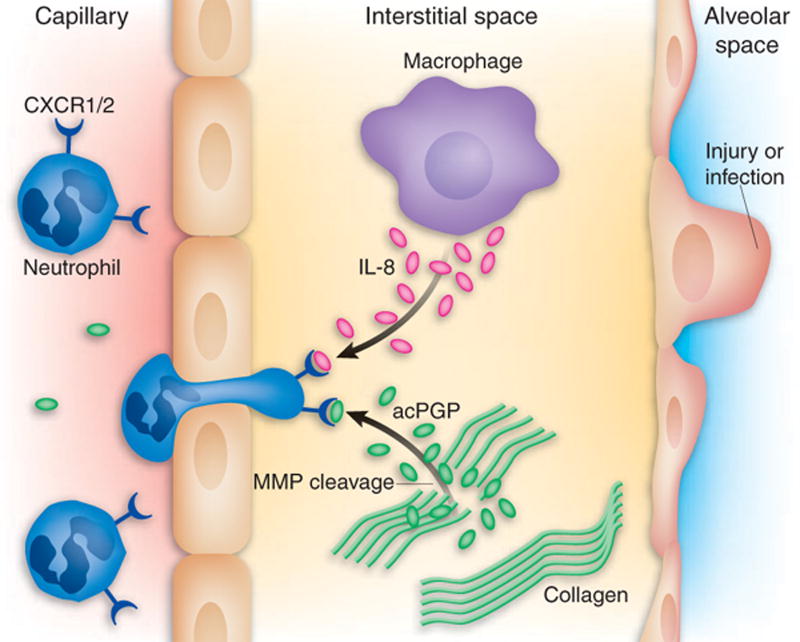Fig. 3. Chemotactic activity of a collagen-derived fragment.
Early in an inflammatory response, human neutrophils react to CXC chemokines, such as IL-8, by following the chemotactic gradient and emigrating into the interstitial space. This chemotactic response depends upon the ability of IL-8 to engage either of its two receptors, CXCR1 and CXCR2. Proteolytic cleavage of type I collagen, presumably by MMPs and subsequent acetylation, generates an acetylated pro-gly-pro, which mimics a key motif of IL-8, and thus stimulates CXCR1 and CXCR2, prolonging the influx of neutrophils. Taken from (Henson, 2006) with permission.

